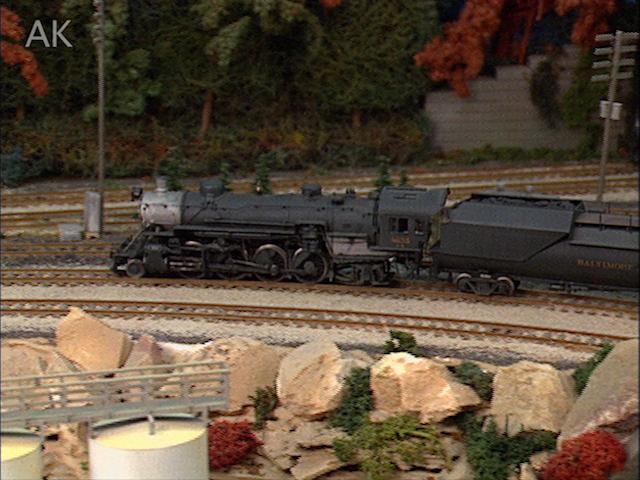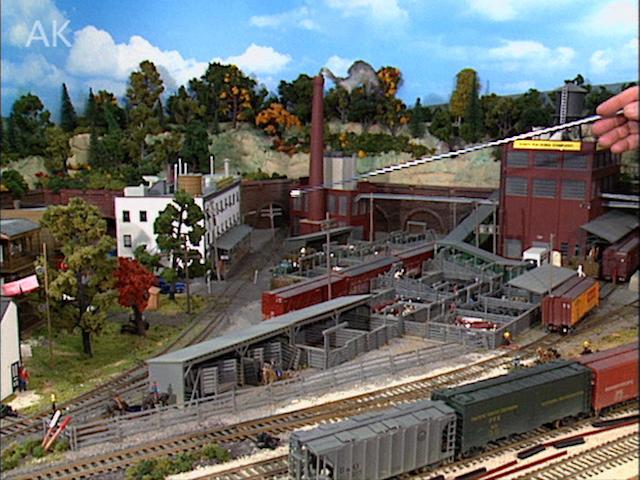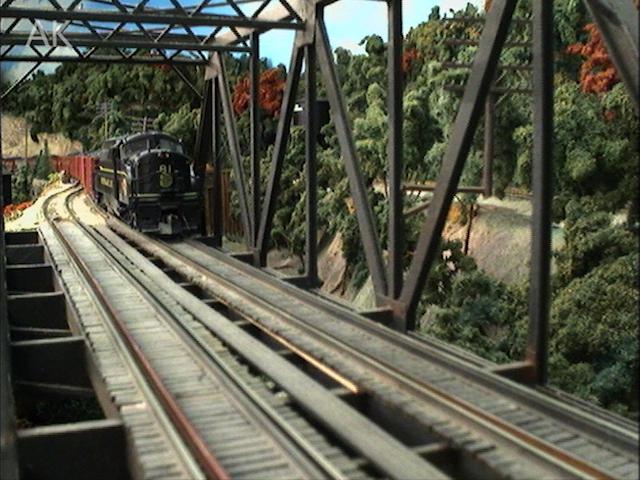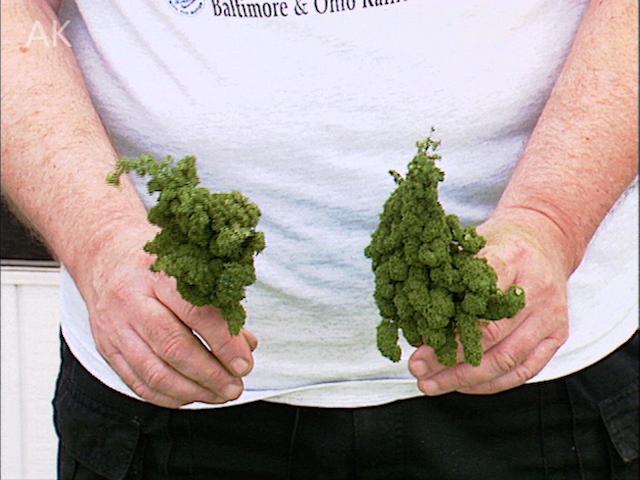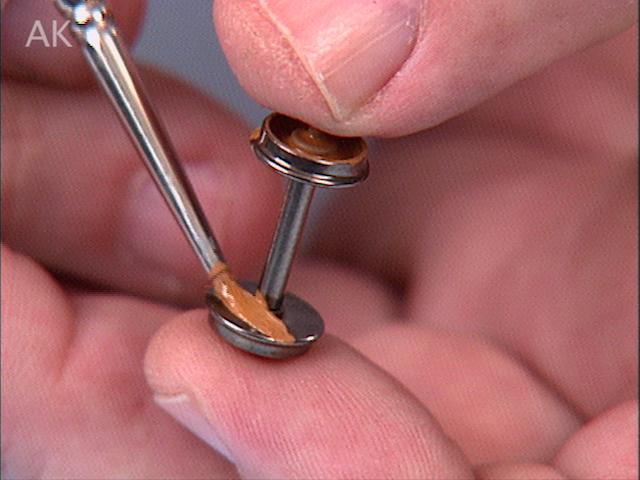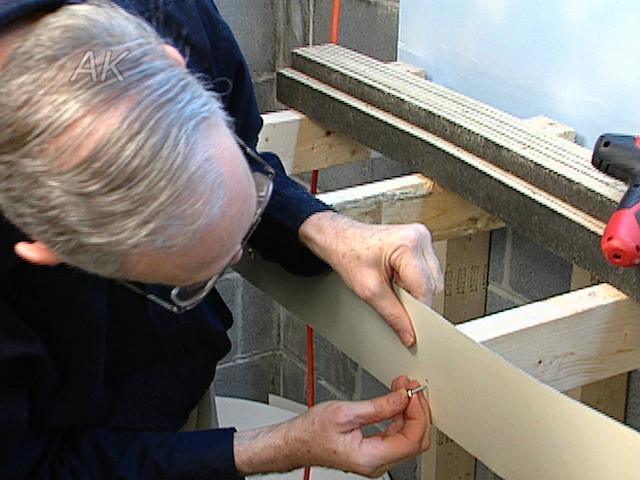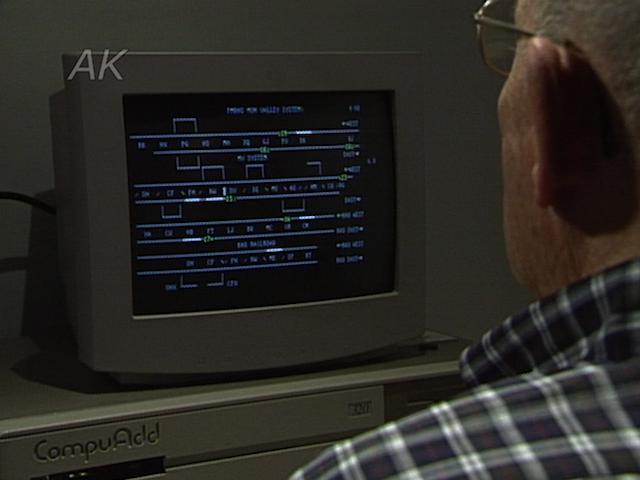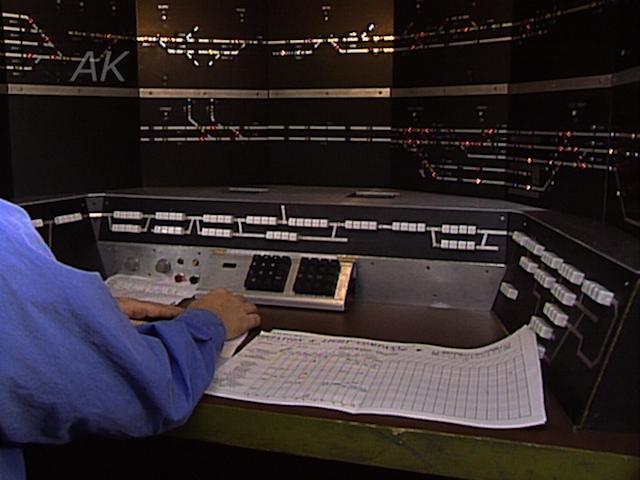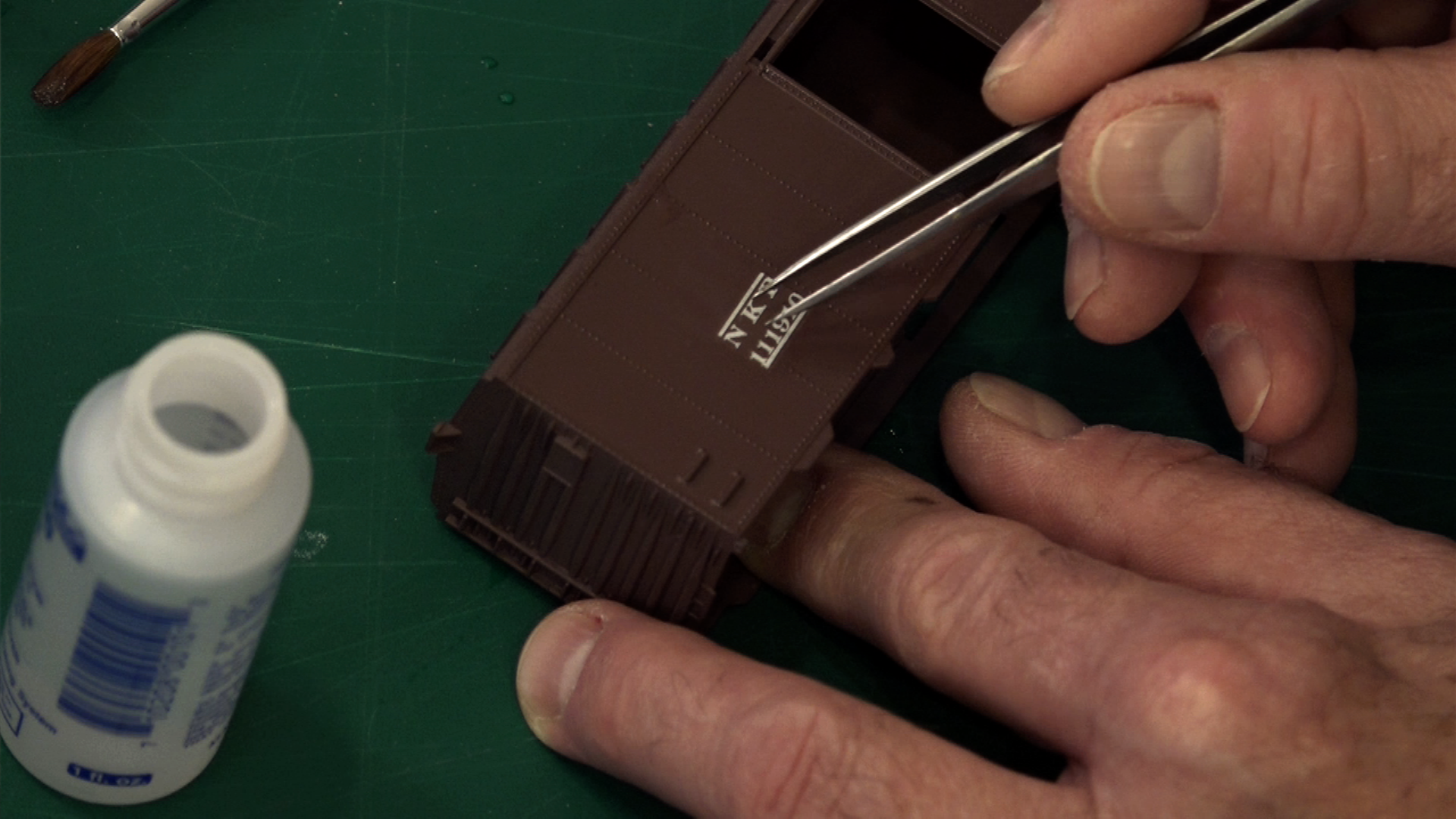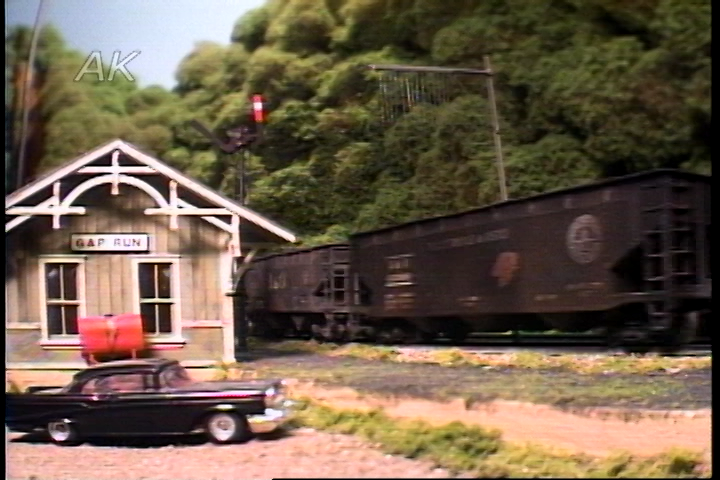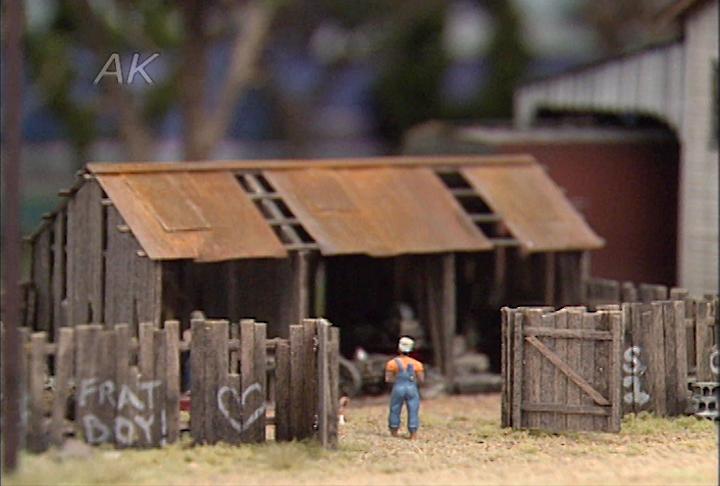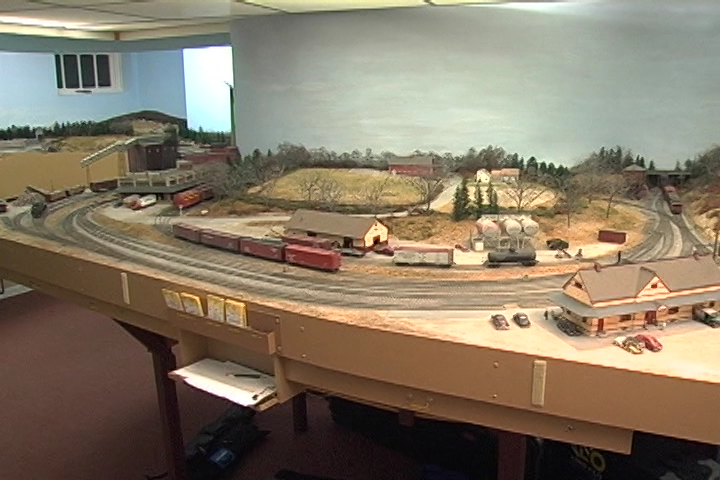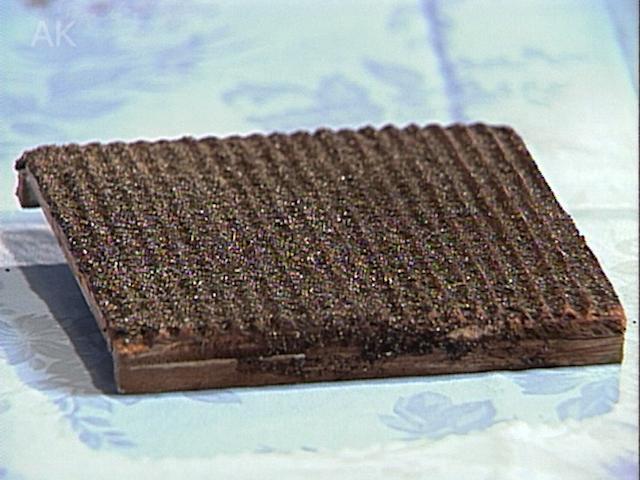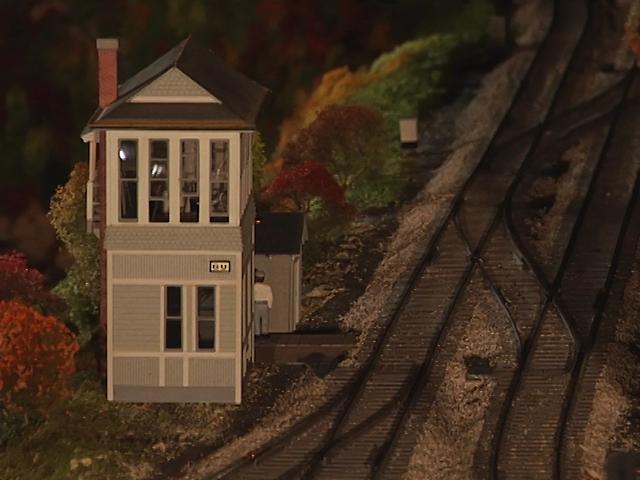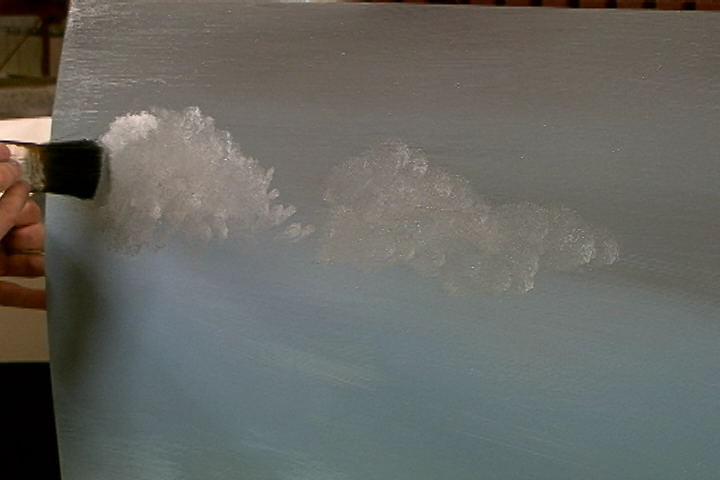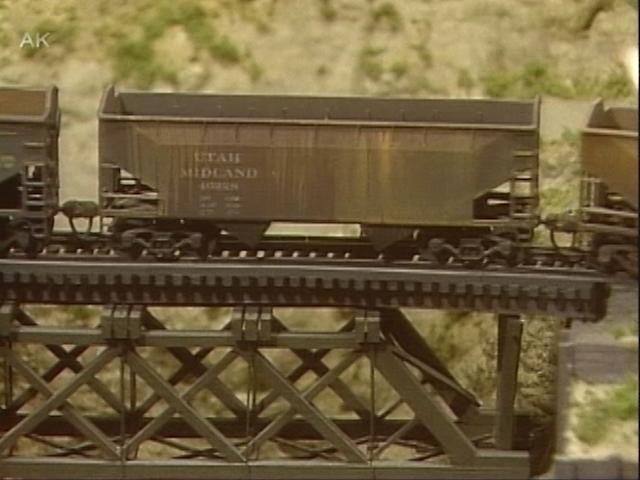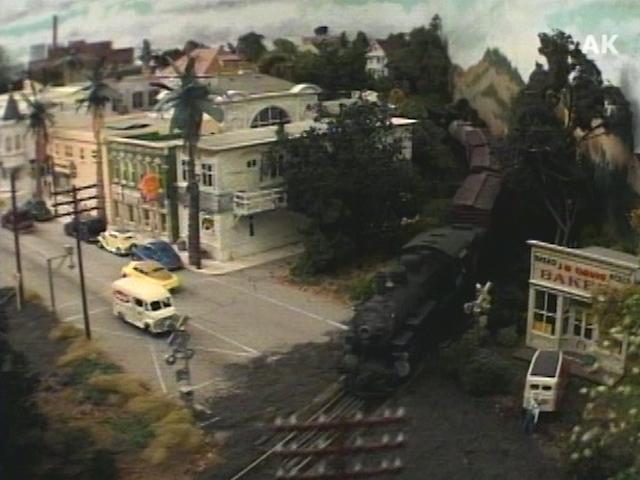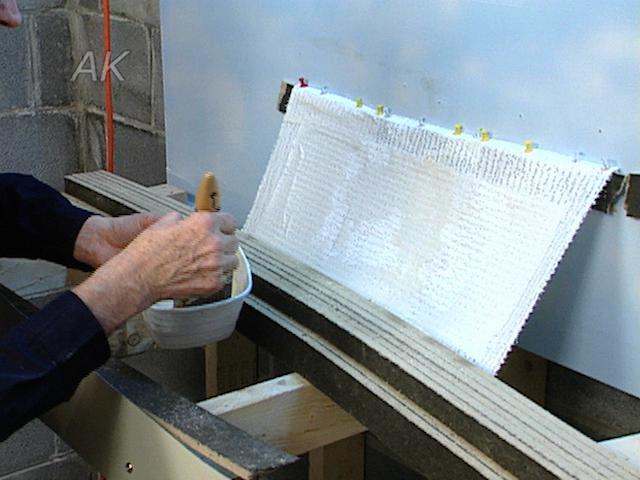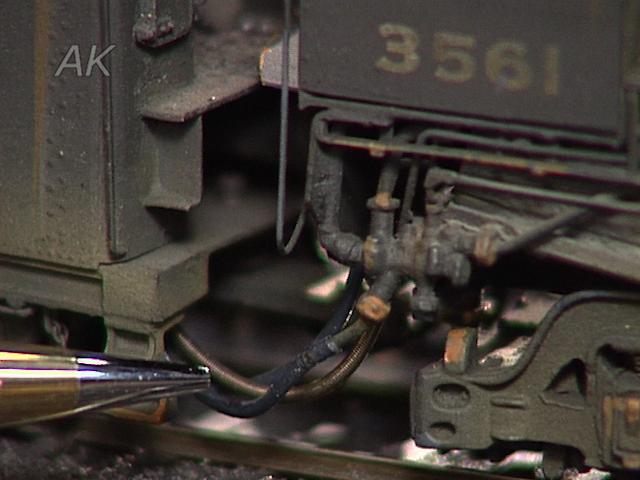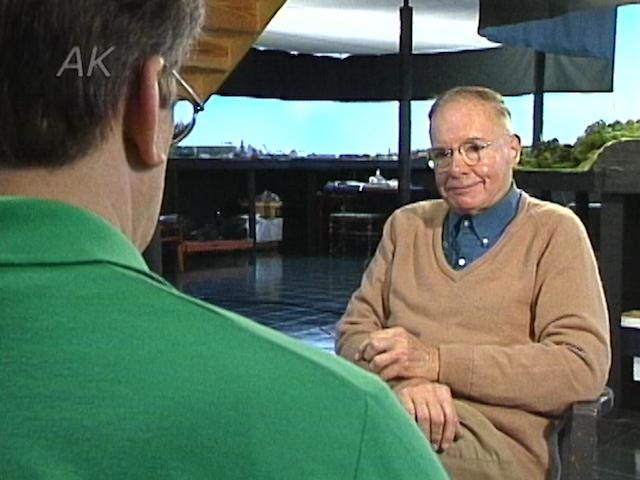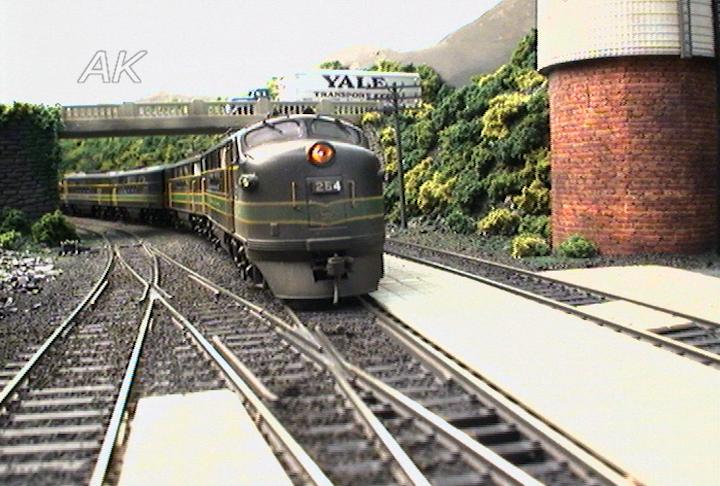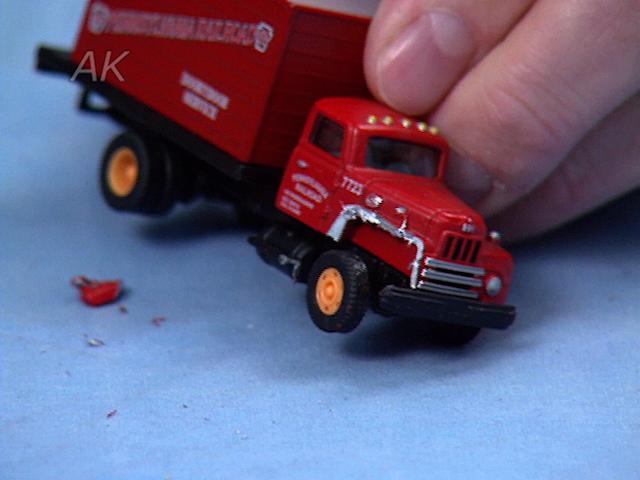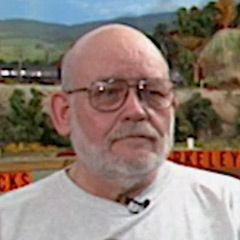
Signals on the Baltimore and Ohio L&S Division
Ed LorenceThis is how Ed Lorence makes inexpensive block model railroad signals for his Baltimore and Ohio L&S Division layout. He uses the international Hobby Corporation Kwik-Kits, which have the base, the polls and the signal heads. Step one in assembling the block model railroad signals requires modelers to have the base and the two sections of the pole. Ed places the two pieces together, puts a small dab of glue, sets it in the base with another small dab of glue at the base, and counts to ten. Now he pinches the two pieces together and glues them together to finish the job, again counting to ten while holding the pieces together. The last step is putting the platform on the shaft.
Shown are the two supports for the target face. Ed simply slides them onto the shaft of the signal. The next step is to glue the signal head to the mast. He simply aligns them to the supports he just placed, and glues them. Another touch is the brass ladder, which is placed on the platform. The final touch would be to paint the signal whatever color is appropriate for the railroad. Walters Glue is added to the back side of the signal head and lenses are dropped in from above to add lights.
Allen Keller goes on to ask Ed about the locomotives he prefers on the layout. To learn more about model railway signals and locations or how to incorporate signaling systems into model railroads, visit the Model Railroad Academy archives.
Explore videos by Ed Lorence
You may be interested in
Premium Membership
Unlock exclusive member content from our industry experts.
- 24/7 Access to Premium Model Railroading Videos, Projects, and Tips
- Step-by-Step Instructional Guides & Layout Plans
- 50% Off Video Downloads Purchased in the Model Railroad Academy Shop
- Access to Ask the Expert Program
Unlock exclusive member content from our industry experts.
- 24/7 Access to Premium Model Railroading Videos, Projects, and Tips
- Step-by-Step Instructional Guides & Layout Plans
- 3 Full-Length Video Downloads to Watch Offline
- 50% Off Video Downloads Purchased in the Model Railroad Academy Shop
- Access to Ask the Expert Program
Gold Membership
$326 Value
Get everything included in Premium plus exclusive Gold Membership benefits.
- 24/7 Access to Premium Model Railroading Videos, Projects, and Tips
- Step-by-Step Instructional Guides & Layout Plans
- 9 Full-Length Video Downloads to Watch Offline
- 2 Full-Length Classes to Keep for Life
- 2 Downloadable Guides
- Discounts on Purchase-to-Own Content in the Model Railroad Academy Shop
- Access to Ask the Expert Program
- Exclusive GOLD LIVE Streaming Events


